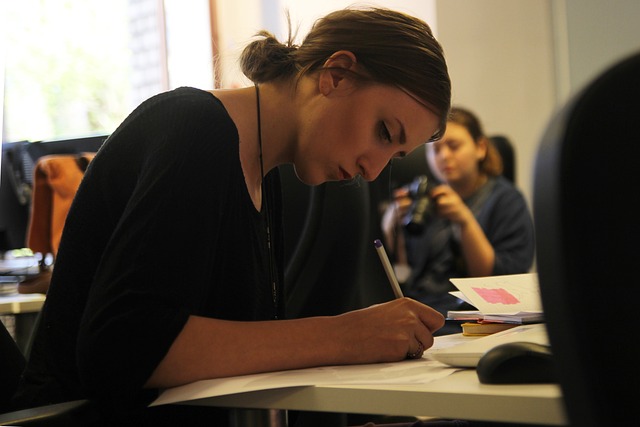[ad_1]
The travel and tourism industry has undergone significant transformations over the years. From road trips to luxury cruises, people are always seeking new and unique experiences in their adventures. In recent times, technology has played a vital role in shaping the future of travel and tourism, and one innovation that is set to revolutionize the industry is mixed reality experiences.
Mixed reality (MR) combines virtual reality (VR) and augmented reality (AR) technologies to create an immersive and interactive experience for users. While VR entirely replaces the user’s environment with a simulated one, and AR overlays digital elements onto the real world, MR blends the two seamlessly, bringing the virtual and physical worlds together. This new form of technology has immense potential in the travel and tourism industry, offering travelers unprecedented experiences and opportunities.
One aspect of travel that MR can transform is pre-travel planning. Currently, travelers rely heavily on websites, reviews, and photographs to decide on their destinations. But with MR, tourists can have a virtual walkthrough of attractions, hotels, and even entire cities before making any bookings. They can explore streets, visit landmarks, and get a feel for the location in an immersive way, giving them a better sense of what to expect when they arrive. This experience enables travelers to make more informed decisions and significantly enhances the planning process.
Additionally, MR can also enhance the in-travel experience for tourists. Imagine visiting ancient ruins and being able to see them as they once stood, complete with animated characters and immersive storytelling. Through MR, travelers can witness historical events unfold before their eyes, gaining a deeper understanding and appreciation for cultural heritage. Moreover, language barriers can be overcome as MR can offer real-time translations, making communication with locals much easier.
Another exciting application of MR in travel and tourism is the ability to create virtual replicas of destinations and attractions. For instance, a famous landmark or tourist hotspot could be replicated in a different location, allowing people who are unable to travel to experience it virtually. This technology could potentially democratize travel, enabling people to explore the world without leaving their homes. Additionally, it offers opportunities for education, as students can virtually visit historical sites or natural wonders, enhancing their understanding and engagement.
However, like any technological innovation, the adoption of MR in the travel and tourism industry will face challenges. Accessibility and affordability remain key concerns, especially for smaller businesses or developing countries. The infrastructure required for MR experiences, such as high-speed internet and specialized hardware, may not be easily accessible to everyone. Overcoming these challenges will require collaborations between technology companies, tourism organizations, and governments to ensure a level playing field for all.
The future of travel and tourism with mixed reality experiences is incredibly promising. With MR, travelers can have more immersive, informative, and engaging experiences than ever before. From pre-travel planning to in-travel adventures and even post-travel memories, MR has the potential to transform every aspect of the industry. As technology continues to advance and becomes more accessible, MR will undoubtedly become an essential part of the travel and tourism landscape, opening up new horizons and possibilities for travelers worldwide. So, get ready to step into a world where reality mixes with virtuality, and explore endless possibilities in the palm of your hand.
[ad_2]

